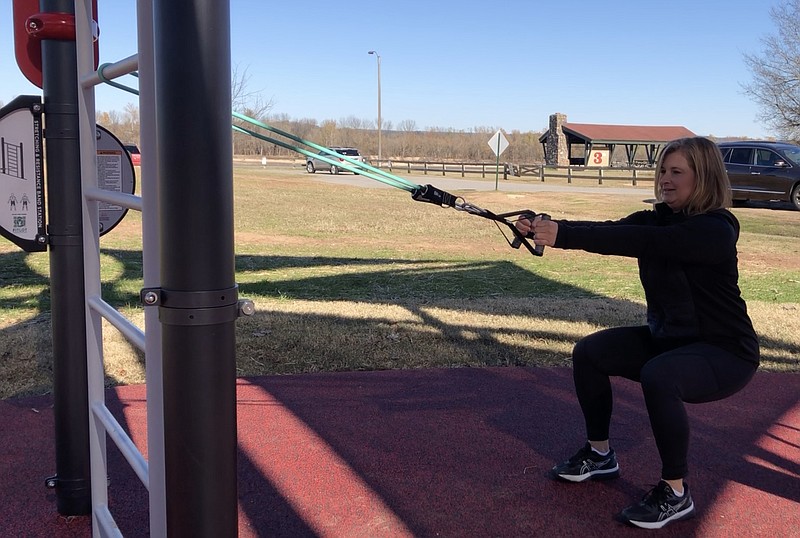Historically, the use of stretch bands has been a more common practice in group-training environments. Individual exercisers typically gravitate toward free weights and strength machines for their programs. But the events of 2020 expanded at-home training exponentially, and this dramatic change allowed the stretch band to shine.
A stretch band is such a simple piece of exercise equipment that people forget it when they dream up a home gym. But the truth is, it's perfect for home-based strength training. The stretch band is inexpensive, portable and easy to use — so it's the ideal addition for a home exercise starter kit.
Most stretch bands cost between $9 and $19, depending on the thickness and added features such as handles, so their attainability is extremely high. For those interested in procuring stretch bands for home use, I recommend buying at least three different resistance levels — light, medium and heavy. This variety will expand the number of exercises that can be performed with the bands and provide room for improvement.
Generally, the lighter bands are also brighter in color. Yellow, pink and orange often represent the lighter end of the spectrum while heavier, tighter bands are typically blue or black. Most manufacturers provide a chart that allows customers to view the tightness of each band color on a website, but double-check before finalizing that order.
Also, always buy the bands with the handles at both ends. The bands without handles can be beneficial for specific uses, but most home-based strength exercises require handles.
A quick Google search will turn up all sorts of results for stretch bands, so it's important to know what constitutes high quality. In general, commercial fitness suppliers offer higher quality (and slightly more expensive) stretch bands.
High quality bands will hold their tightness longer and are more break resistant. Trust me, if you've ever had a stretch band break in the middle of a repetition, you'll develop a new appreciation for the quality of the product. Ouch!
This week's exercise features the stretch band as a device for assistance. The Stretch Band Pulsing Squat gives the exerciser a little help to so range of motion can be explored a little more liberally. Best of all, it can be performed almost anywhere.
1. Attach the stretch band to a head-level (or above) fixed object.
2. Grasp the handles and squat down as low as you can go while holding the stretch band. The band should provide assistance so the squat isn't so difficult.
3. Once you reach your low point, perform 20 "pulses" in that position by moving the hips up and down a few inches as a time.
4. Once you reach 20 reps, stand back up and shake out the legs a bit.
5. Perform three sets of 20 pulses.
The key with this movement is to really sit back with the hips and trust that the stretch band will provide enough support for the low pulsing squat. Many people cannot comfortably sit into a squat position for fear of falling backward, and the stretch band helps to alleviate that concern.
It's a fun way to challenge the lower body while using the band support when needed. Using this strategy, the exercise is appropriate for all fitness levels.
Now, let's get to work in 2021!
Matt Parrott has a doctorate in education (sport studies) and a master's in kinesiology and is certified by the American College of Sports Medicine.
vballtop@aol.com
